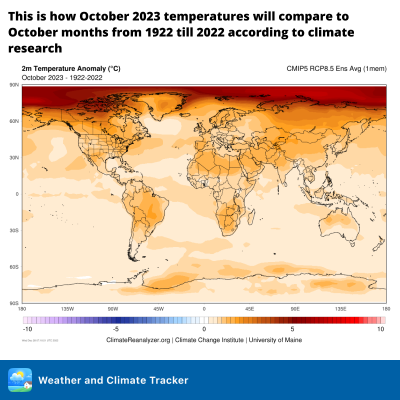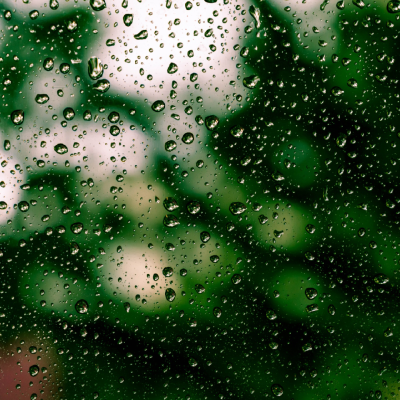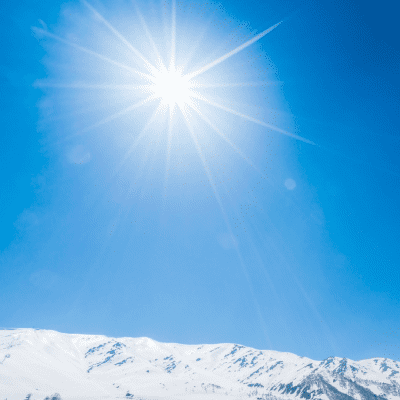
[Earth]

[Sky]
It is considered that the Moon can be observed only at night. 🌖 However, in fact, it can easily be seen in the afternoon. And by the way, this very question “why the Moon is in the sky during the day” is often asked by children who are much more observant than adults.
Read more...
[Earth]
Uncover how October 2023’s weather trends compare with the past century.
Read more...Dark and tinted app icons for those who enjoy more customisation of their Home Screen. Widget from Icon: Hold firmly on the app icon to transform it into a widget to get real time weather right on your home screen.
Read more...Track climate change in locations you care about. Also new with iOS 18: Widget from icon: Hold firmly on the app icon to transform it into various sizes of widget to get real time weather right on your home screen.
Read more...Track climate change in locations you care about. Now available as a new widget for iPad as well. Also new with iOS 18: Widget from icon: Hold firmly on the app icon to transform it into various sizes of widget to get real time weather right on your home screen.
Read more...
[ ]
Light drizzle is a type of light rainfall characterized by very fine water droplets falling from the sky. It typically occurs when the temperature is above freezing, around 5 to 10 degrees Celsius (41 to 50 degrees Fahrenheit), but can also happen at slightly colder temperatures. Light drizzle is common in regions with mild or cool climates, especially during transitional seasons like spring and autumn.
Read more...
[Sky]
Morning glory — what is it and where can you see it? Today we will tell you about another rare and amazing atmospheric phenomenon — unusual clouds called “Morning Glory”. These clouds appear as a long curved solitary wave and reminds of an airplane trail. These waves are located quite low above the earth, at an altitude of only 100-200 meters.
Read more...
[Sky]
Polar daylight record of 69 days of continuous sunshine in 2020. Ny-Ålesund is a small research community on the island of Spitsbergen in the Svalbard archipelago, located in the Arctic Circle. During summer months at this high latitude location, the sun does not set below the horizon due to the effects of polar daylight.
Read more...
[Sky]
On the evening of August 31, 2023, we will have the opportunity to witness one of the most significant astronomical events - a supermoon. On this evening, the full moon will approach the Earth at its closest distance this year, offering a mesmerizing celestial spectacle. Our natural satellite will be accompanied by two great planets - Saturn and Jupiter.
Read more...